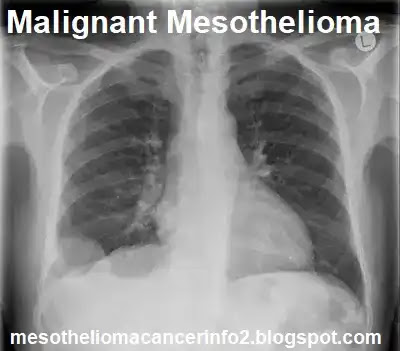Palliative & Pain Relieving Surgery for Malignant Mesothelioma
 |
| Palliative Procedures for Malignant Mesothelioma |
Palliative Treatment & Care for Mesothelioma Patients
Mesotheliomas can often be hard to remove or destroy completely. Still, treatments can often help keep the cancer under control for a time or relieve symptoms from it. For example, some types of surgery or radiation therapy might help keep the cancer in check. Chemotherapy might also be helpful.
If the mesothelioma is causing fluid to build up in the body, it can often cause trouble breathing or other problems. Procedures can sometimes be used to remove the fluid or help keep it from coming back.
| mesothelioma books |
Removal of fluid
Procedures such as thoracentesis, paracentesis, and pericardiocentesis can be used to remove fluid that has built up and is causing symptoms such as trouble breathing. In these procedures, a doctor uses a long, hollow needle to remove the fluid. These procedures are described in How Is Malignant Mesothelioma Diagnosed? The major drawback to these techniques is that the fluid often builds up again, so they might need to be repeated.
Pleurodesis
This procedure may be done to try to prevent fluid from building up in the chest. A small cut is made in the skin of the chest wall, and a hollow tube (called a chest tube) is placed into the chest so that the fluid can drain out. Then the doctor uses the tube to put a substance into the chest, such as talc mixed in a fluid (talc slurry), the antibiotic doxycycline, or the chemotherapy drug bleomycin. This irritates the linings of the lung (visceral pleura) and chest wall (parietal pleura) so that they stick together, sealing the space and preventing further fluid buildup. The tube is generally left in for a day or two to drain any new fluid. Pleurodesis can also be done during a thoracoscopy.
| malignant mesothelioma prognosis |
Shunt placement
A shunt is a device that allows fluid to move from one part of the body to another. For example, a pleuro-peritoneal shunt lets excess fluid in the chest move into the abdomen, where it is more likely to be absorbed by the body. This may be used if pleurodesis or other techniques are not effective.
Read Also: chemotherapy for pleural mesotheliomaThe shunt is a long, thin, flexible tube with a small pump in the middle. In the operating room, the doctor inserts one end of the shunt into the chest space and the other end into the abdomen. (The pump part stays just under the skin over the ribs.) Once the shunt is in place, the patient pushes down on the pump several times to move the fluid from the chest to the abdomen. This is typically done a few times each day.
Catheter placement
This is another approach sometimes used to control fluid buildup. One end of the catheter (a thin, flexible tube) is placed in the chest or abdomen through a small cut in the skin, and the other end is left outside the body. This is done in a doctor’s office or hospital. Once in place, the catheter can be attached to a special bottle or other device to drain fluid out on a regular basis.
